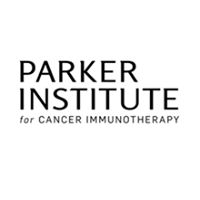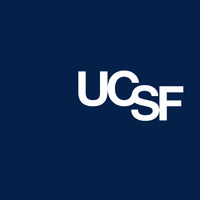1
项与 Autologous Anti-H3.3K27M TCR-expressing T-cells(Parker Institute for Cancer Immunotherapy)/(The V Foundation) 相关的临床试验PNOC018 A Phase 1 Clinical Trial of Autologous T Cells Expressing a TCR Specific for H3.3K27M With Inhibition of Endogenous TCR (KIND T Cells) in HLA-A*0201-positive Participants With H3.3K27M-positive Diffuse Midline Gliomas
This phase I, first-in-human trial tests the safety, side effects, and best dose of genetically modified cells called KIND T cells after lymphodepletion (a short dose of chemotherapy) in treating patients who are HLA-A*0201-positive and have H3.3K27M-mutated diffuse midline glioma. KIND T cells are a type of treatment in which a patient's T cells (a type of immune system cell) are changed in the laboratory into KIND T cells so they will recognize certain markers found in tumor cells. Drugs such as cyclophosphamide and fludarabine are chemotherapy drugs used to decrease the number of T cells in the body to make room for KIND T cells. Giving KIND T cells after cyclophosphamide and fludarabine may be more useful against cancer compared to the usual treatment for patients with H3.3K27M-mutated diffuse midline glioma (DMG).
100 项与 Autologous Anti-H3.3K27M TCR-expressing T-cells(Parker Institute for Cancer Immunotherapy)/(The V Foundation) 相关的临床结果
100 项与 Autologous Anti-H3.3K27M TCR-expressing T-cells(Parker Institute for Cancer Immunotherapy)/(The V Foundation) 相关的转化医学
100 项与 Autologous Anti-H3.3K27M TCR-expressing T-cells(Parker Institute for Cancer Immunotherapy)/(The V Foundation) 相关的专利(医药)
100 项与 Autologous Anti-H3.3K27M TCR-expressing T-cells(Parker Institute for Cancer Immunotherapy)/(The V Foundation) 相关的药物交易








